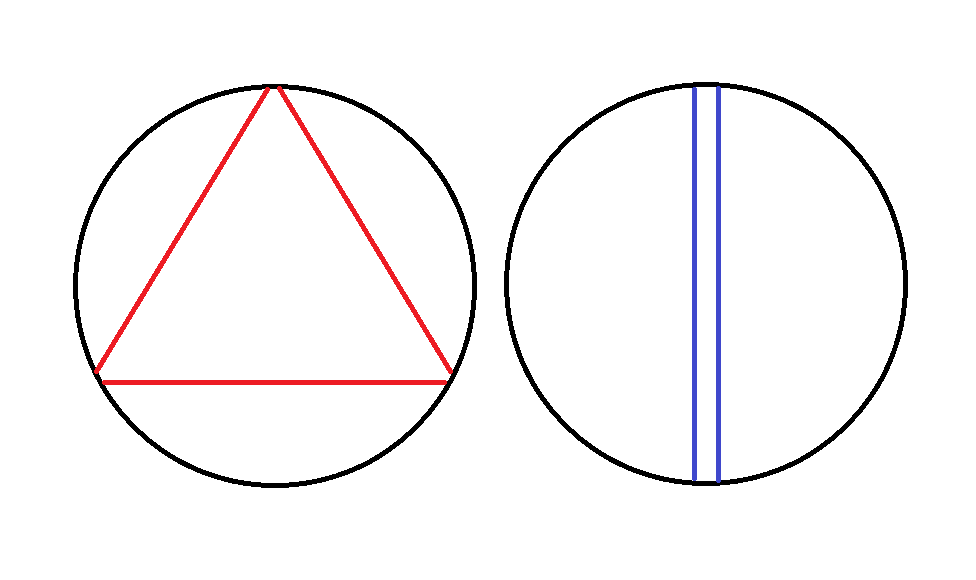The KJ-600 has a "greater range" in comparison to the Z-18J; that's what the article means by greater range.There are two ways to approach the KJ-600's radar, just as there were two ways to design the E-2's radar.
If you want to avoid a potential single-point failure (i.e. the rotating mechanism), you need to design a rotodome that covers 360 degrees, and so given the maximum sweep of an AESA module is going to be somewhere in the neighborhood of 120 degrees, you'll need to trisect the rotodome and place 3 smaller AESA arrays into the thing to provide full coverage.
If you want to give the arrays more elements to give them more range and sensitivity, you can instead just bisect the rotodome and place 2 larger AESA arrays inside, but since there is no way that a single AESA array can cover 180 degrees, in order to cover 360 degrees, a bisected rotodome will have to rotate, which of course exposes the rotodome to the potential single-point failure possibility of a breakdown in the rotating machinery.
As you can see below, the blue AESA arrays are larger than the red AESA arrays.
